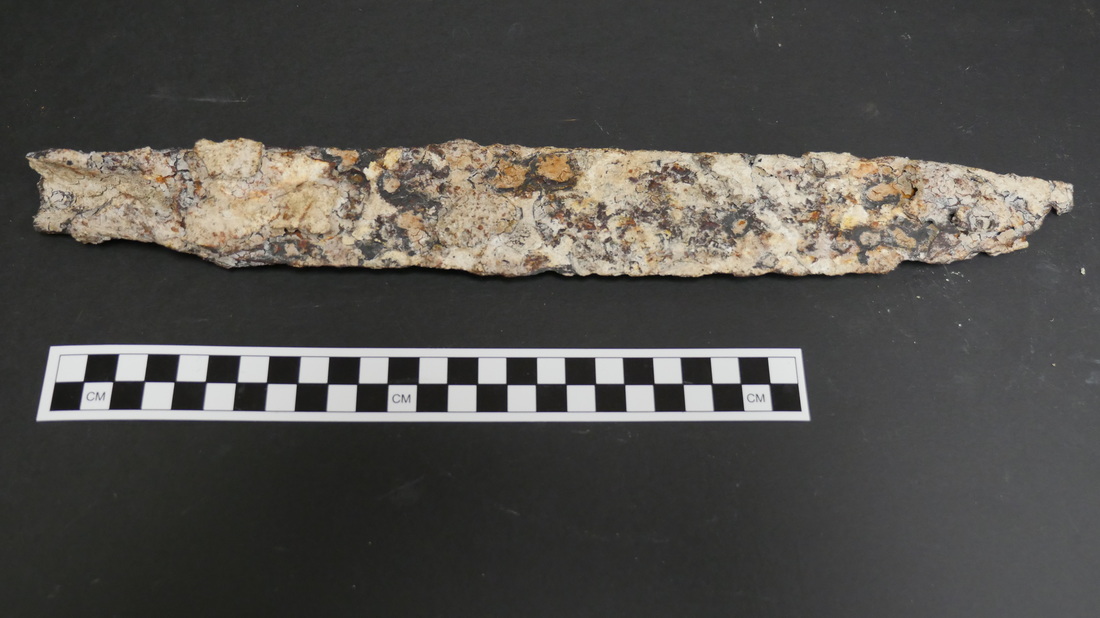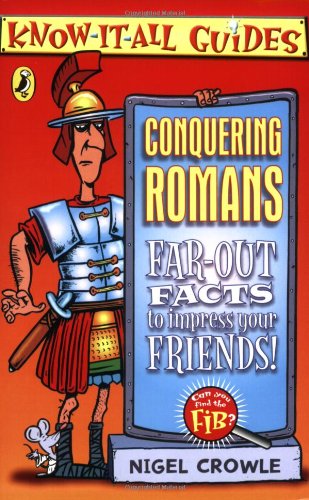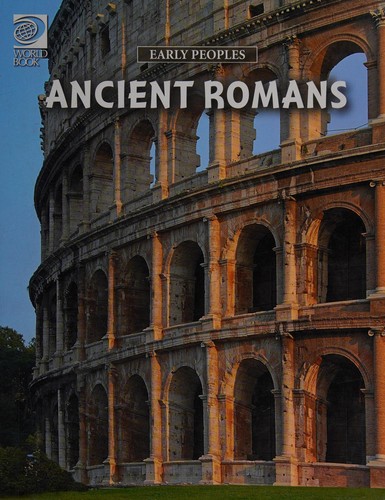


 Source: Wikimedia Commons
Source: Wikimedia Commons
The success of Ancient Rome can largely be attributed to its military might. Well-organised and well-resourced, the Roman army managed to expand the size of the Empire through conquest, and was responsible for many of the political changes throughout Ancient Rome. Read through the resources below to learn more about these mighty fighters.


This iron Roman gladius was discovered near Jerusalem and dates to the first century A.D. The gladius was a short sword that served as the primary weapon of Roman legionaries for over 700 years, from the fourth century B.C. to the third century A.D. (1). This gladius has deteriorated considerably over the last 2,000 years. It was likely carried by a legionary of Legio X Fretensis, a Roman legion that was stationed in Syria during the time of Christ and the early church. X Fretensis was one of the legions that destroyed the temple in Jerusalem in 70 A.D. and besieged Masada in 72 A.D.
This object comes from the Vermand Treasure, the most richly appointed barbarian-warrior grave ever found. The grave was likely that of an auxiliary soldier stationed in the Roman province of Gaul. It also contained a shield, parts of which of which are on view in the Arms and Armor Galleries. The six-pointed interlaced star, so prominent on this mount, was not at this time a Jewish symbol; it appears as a decorative motif in both Roman and Germanic art.
The diploma was issued on January 7, A.D. 248 to a Praetorian named Victor at the end of his term of service as one of the Imperial Guard. It was issued in the names of the emperor Philippus (Philip the Arab, r. A.D. 244–249) and his son (Philip the Younger, r. A.D. 247–249), granting Victor the right of marriage.

|
The Greek author Polybius was a close friend of Scipio, one of Rome's great generals, and with him spent much time campaigning in the field in the 2c B.C. His Histories are thus essential to an understanding of the Roman army and the rise of the Roman republic as a world power. He is one of our most important sources on the organization of the army, the legion, and the Roman camp system. |

The Roman History of Cassius Dio is another careful work by a Greek historian, a Roman senator of the 3c A.D.; and though he was a civilian, how can a history of Rome avoid being largely about wars? Somewhat fragmentary, the History is still a very good source for the Punic Wars, the Civil Wars of the 1c B.C. and Caesar's war in Gaul; but many other wars are covered as well.

The Strategemata of Frontinus (2c A.D.) are a collection of over 500 examples of devices, ruses, ploys, creative ideas from history, intended by the author as a sort of checklist for the military commander. The work is an appendix to his work on the Art of War, which has not survived.


 Conquering Romans : far-out facts to impress your friends!
by
Conquering Romans : far-out facts to impress your friends!
by
 Rome the empire
by
Rome the empire
by
 Ancient Romans
Ancient Romans